DIY Japanese paper koinobori
After presenting you the tutorial for the “ koinobori ” chopstick holder and folding koinobori in origami , I am here today to teach you how to make one of these windsocks, this time, in Japanese paper. It will perfectly complement a decoration around kodomo no hi , the Japanese children's festival which I have already told you about previously in our article "Kodomo no hi, children's day" !

This Japanese paper DIY combines both the shape of the carp-shaped windsock, the koinobori , but also the fukinagashi , another type of windsock made up of five strips of colored fabric (in shades of black , white, yellow, red and blue, colors linked to Chinese cosmology, wuxing ) which is hoisted above the koinobori .

This tutorial is perfect for using small scraps of Japanese paper that might be left over from your previous creative projects! Once you have made several koinobori , you can then mount them on a rod to create an airy and summer decoration!

In order to make a koinobori out of Japanese paper, you will need:
- pieces of Japanese paper in various colors and patterns - To cover a koinobori , you will need to make around 32 scales , i.e. 2 squares of origami paper measuring 15cm on each side and around fifteen strips for the back of the koinobori, i.e. a little less from a square of origami paper.
- toilet paper rolls (as many as desired fish) - To make koinobori , you will need a cardboard empty toilet paper roll .
- a cap of approximately 3cm in diameter (from a bottle of water or fruit juice for example)
- gel glue
- a little white paper
- a black marker
- a pencil
- a ruler
- a thick stem
- colored thread
Let’s get to the tutorial without further ado!

First, we will make the fish scales. To do this, equip yourself with squares of origami paper in the colors and patterns of your choice. In 1 square of origami paper measuring 15cm on a side , you can cut out 16 small circles . You will need about 32 to completely cover your carp .
To quickly cut out 16 small circles from the same paper, here is the procedure:
- Take a 15cm square of origami paper. Fold it in half.
- Using a cork and a pencil, draw four small circles on your folded square.
- Fold your paper in half again.
- Carefully cut out your circles.

Secondly, we will take care of the strips that will be on the back of your fish. For a complete effect, you will need to cut around fifteen strips.
- Take 15cm squares of origami paper. You are free to stay on one and the same paper or, on the contrary, vary patterns and colors.
- Draw lines every 1.7cm.
- Carefully cut out your strips of paper.

After making the scales and strips of the koinobori , we will now move on to assembling the different elements that make it up.
- Get a first circle of paper and glue. Apply glue to half of the circle surface as shown in the photo.
- Apply it to the bottom of the toilet paper roll, slightly overhanging the part that is not glued.
- Do the same with a second circle, superimposing it a little on the first...
- ...then continue like this to make a whole line. Be sure to apply the circles in the same way so that the scales are all facing the same direction. Start a second line by placing the circles staggered with the first line. And so on, towards the other end of the roll.
- Once you have reached the end of your toilet paper roll, fold the circles inside the roll to have a clean finish.
- So you get this.
- Place a little glue on the end of a strip of paper...
- ...and stick it inside the roll. Glue all the strips in this way, all around the roll.
- Then cut out two small circles from your white sheet of paper and draw the pupils of your fish using a black marker, then glue them on either side of it.
If you want to mount your koinobori on a stem, all you need to do is provide yourself with a little wire (depending on the desired length), tie a knot around the stem and tape the threads inside your koinobori .

I hope you enjoy this third tutorial around kodomo no hi ! I'll see you very soon for the fourth and final DIY.
In the meantime, take good care of yourself.
Warmly,
Adeline
Did you like this DIY?


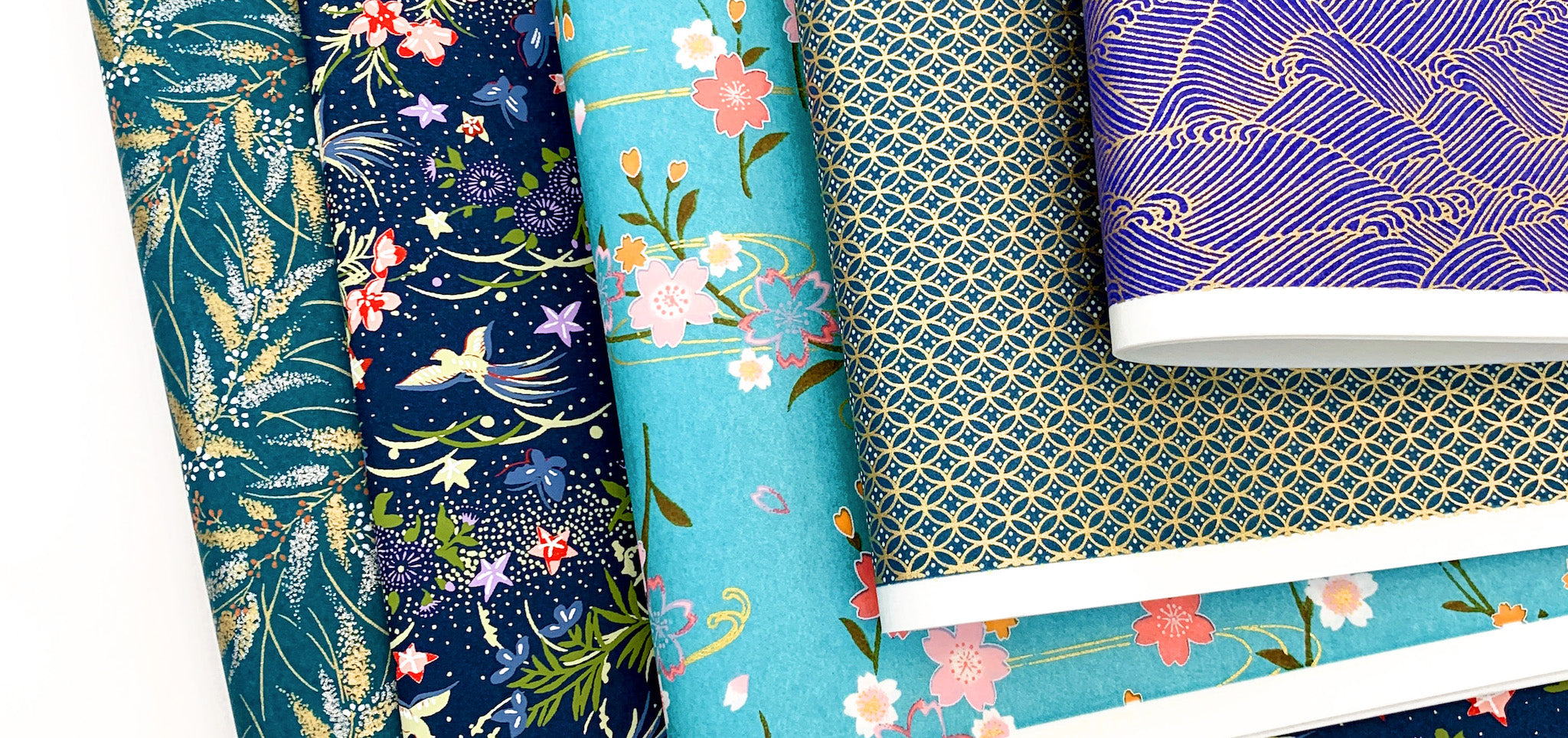
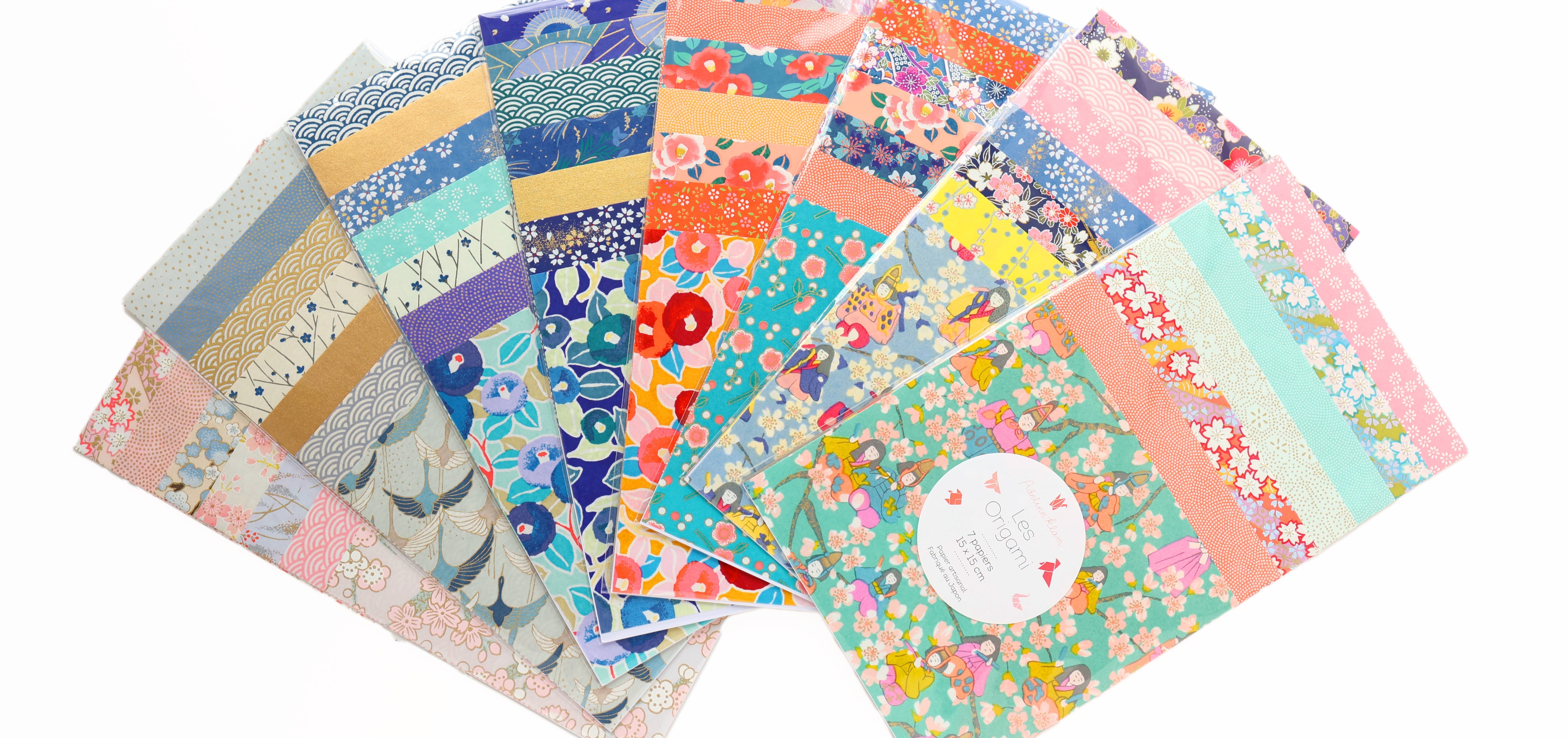
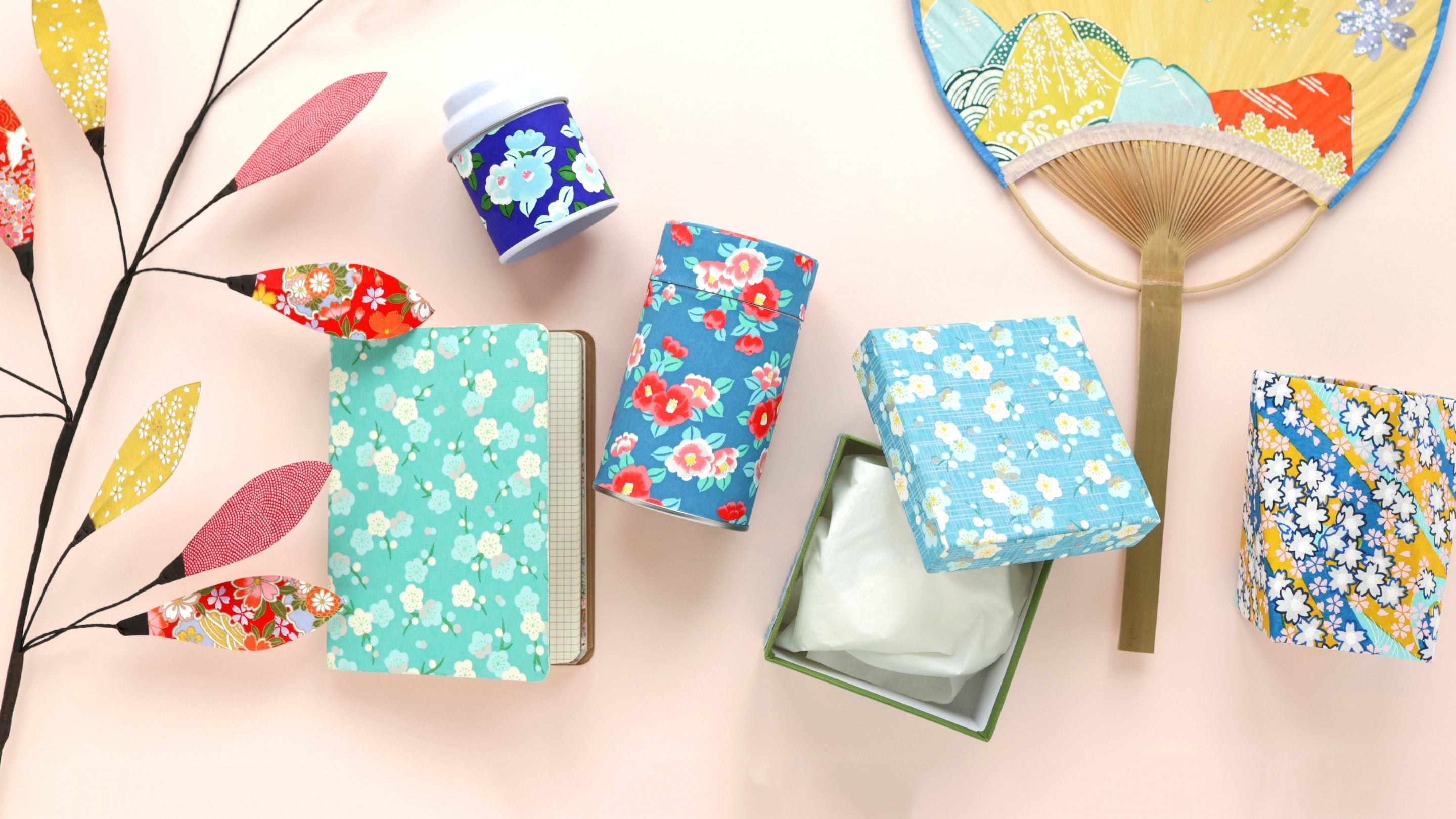
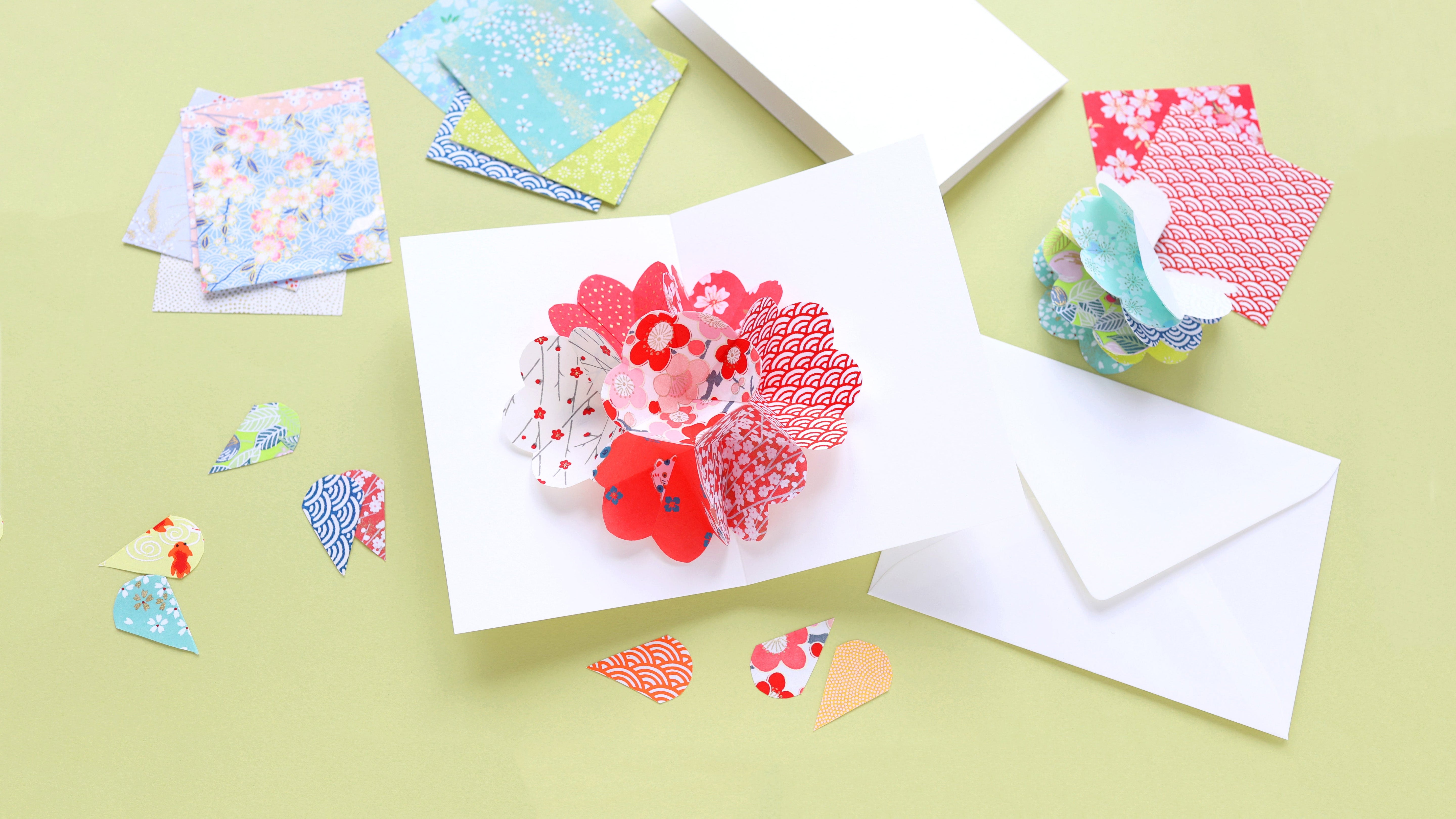
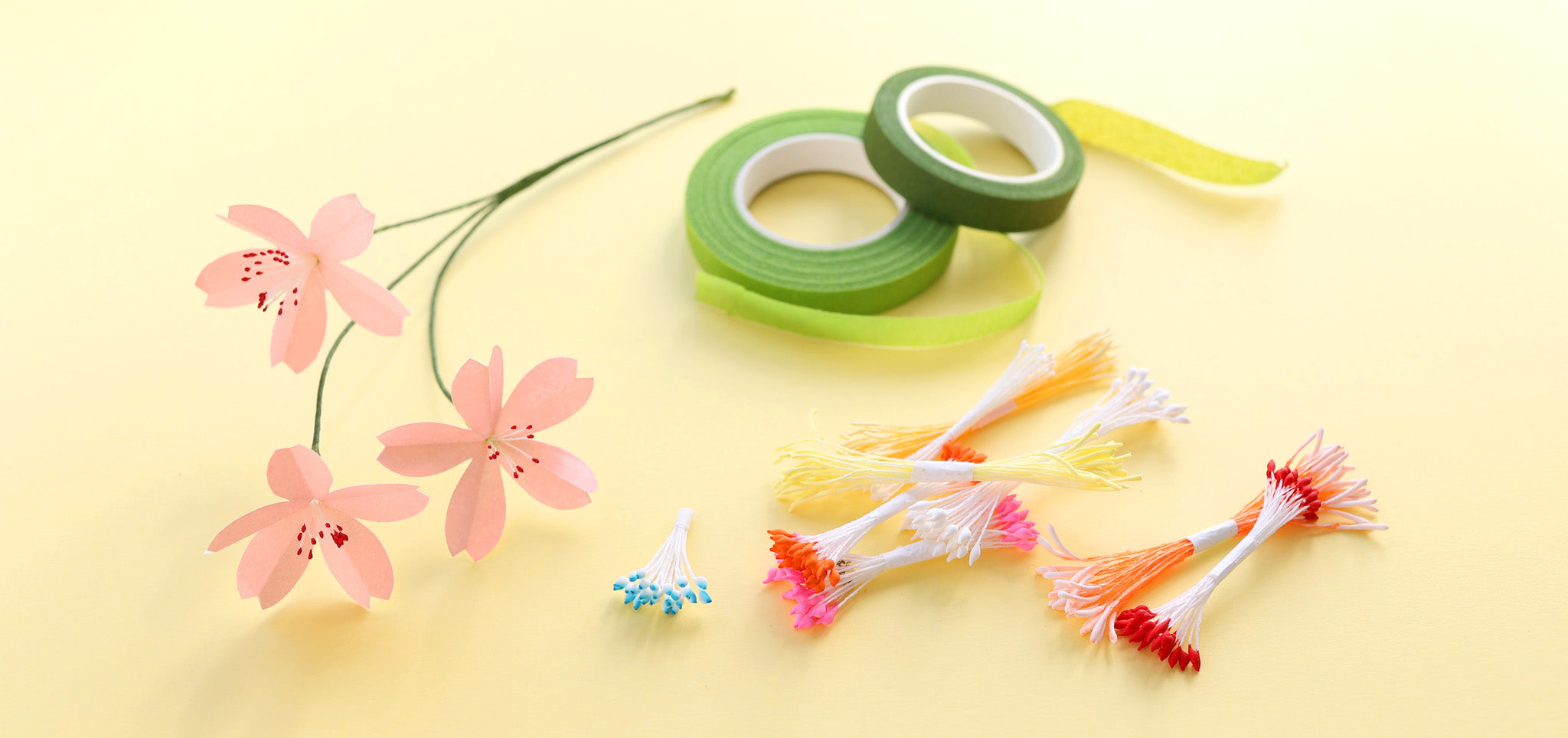



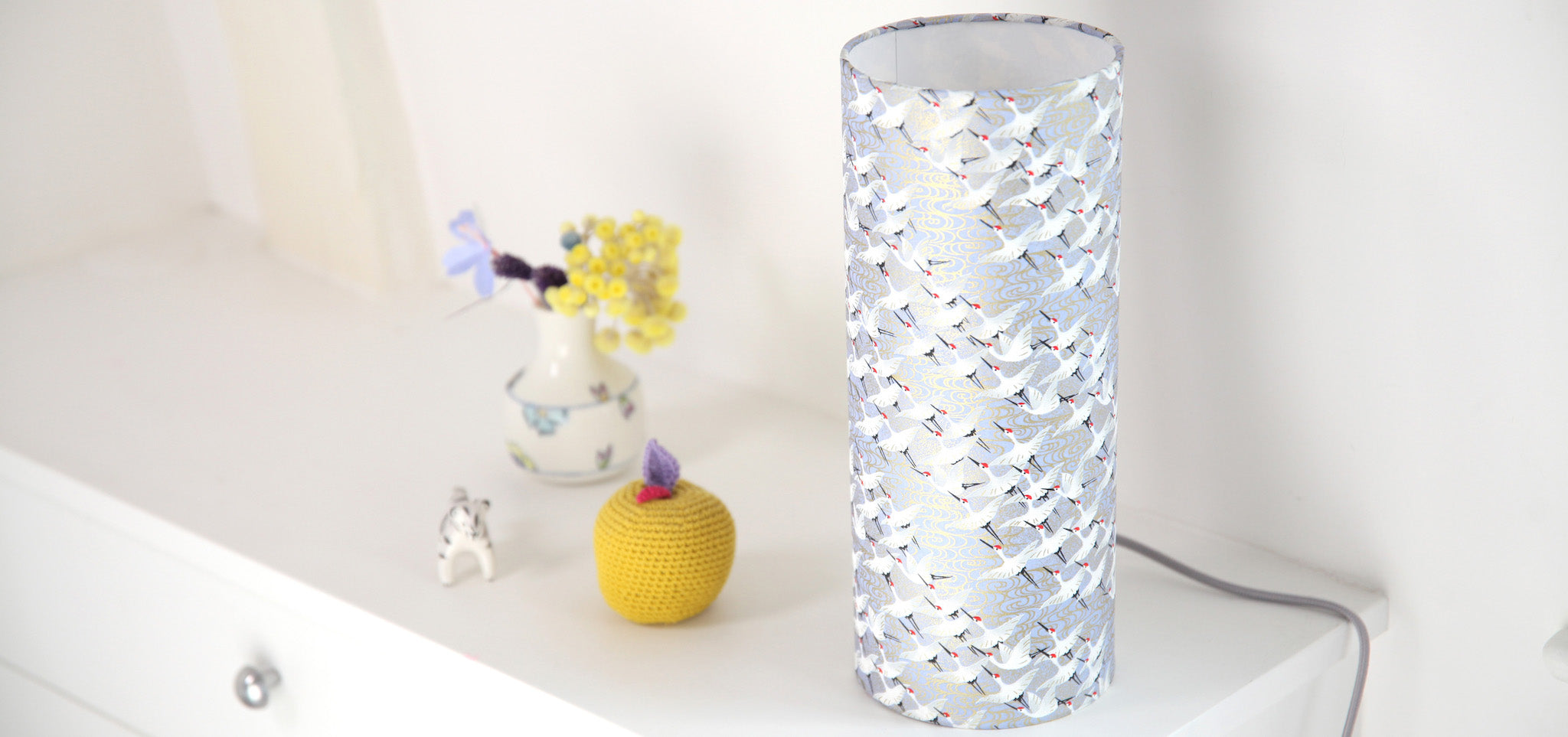
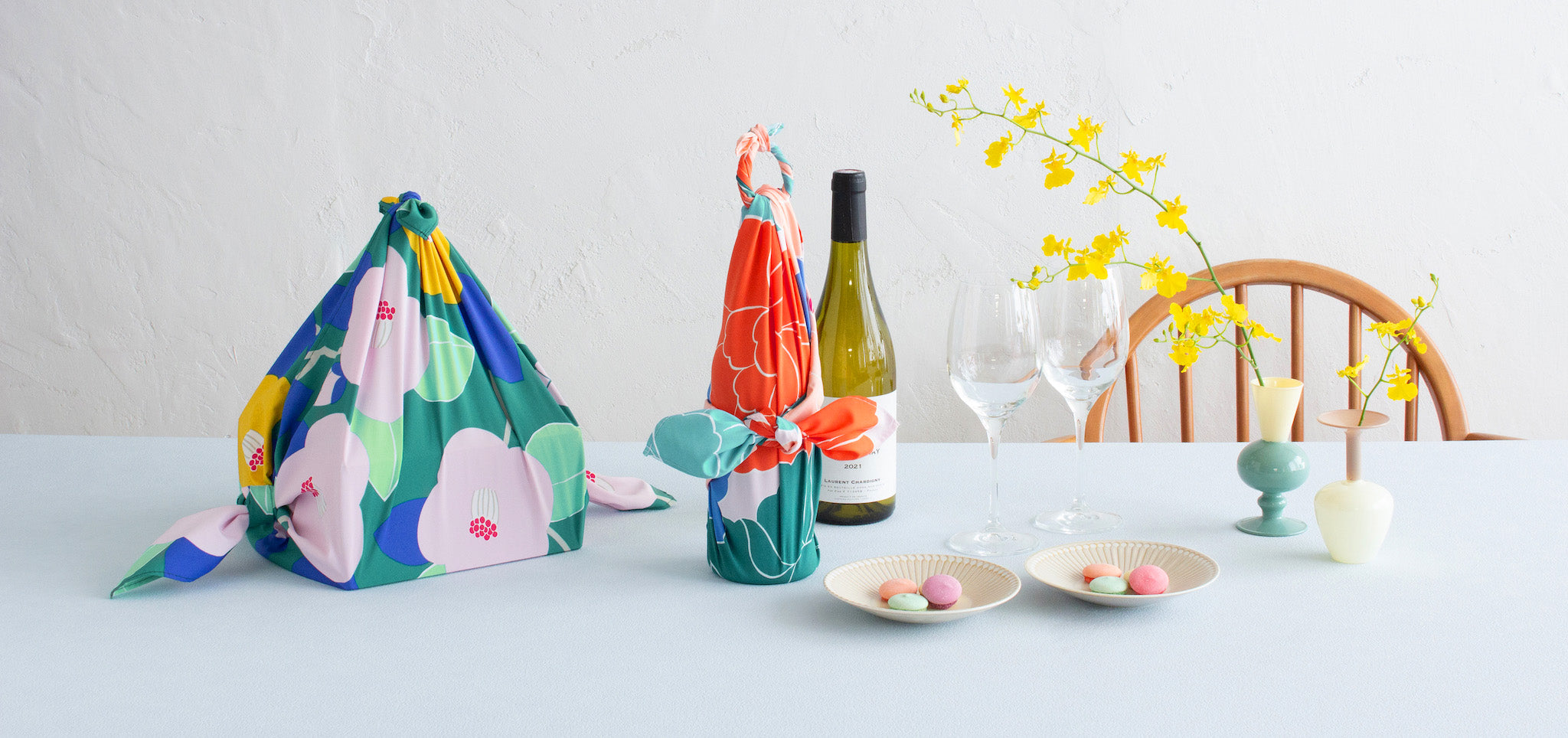


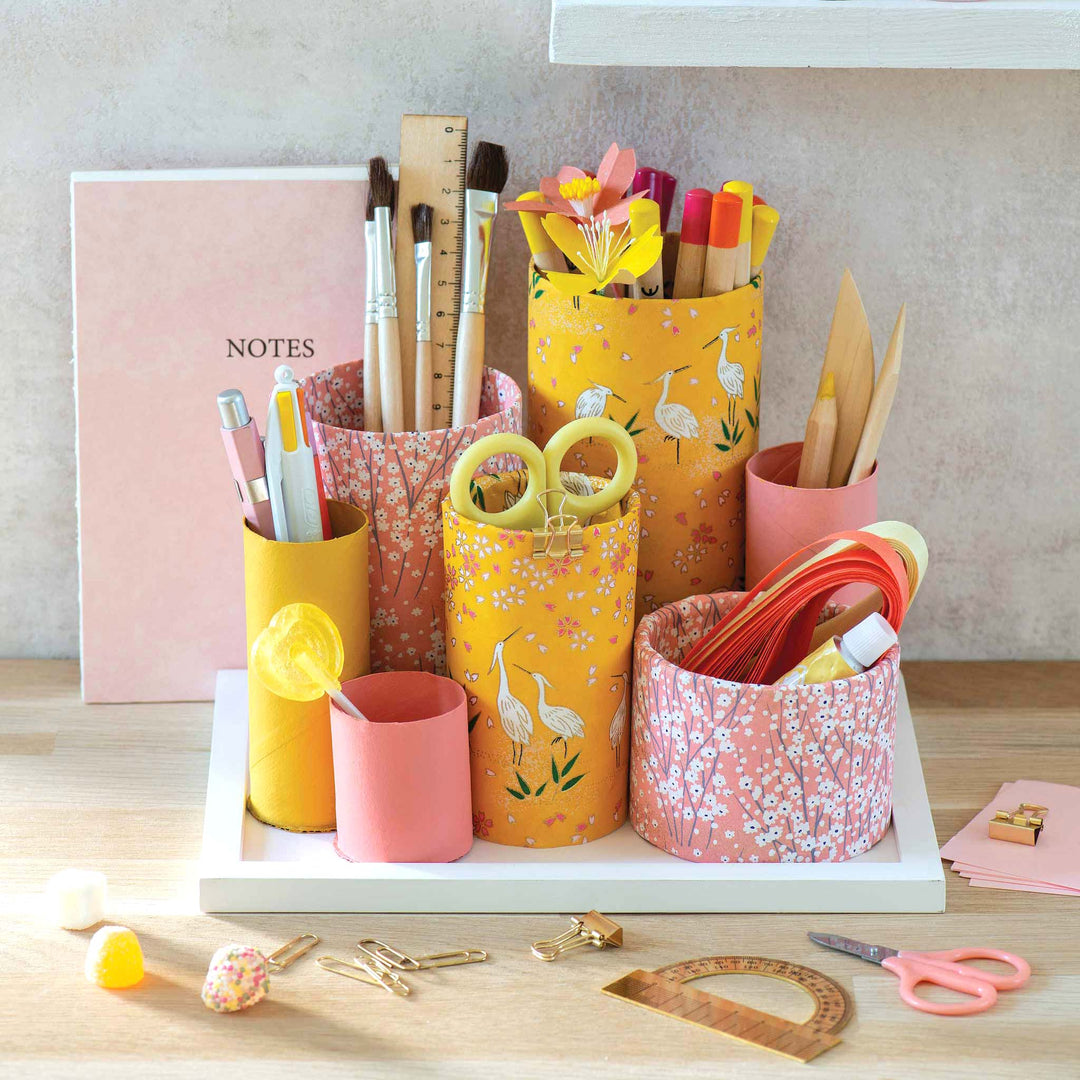
Bonjour
Merci pour ce tuto.
bonjour
La nature du papier demande unee colle qui ne laisse pas de trace.
La colle blanche semble convenir.
Bonne journée
Leave a comment